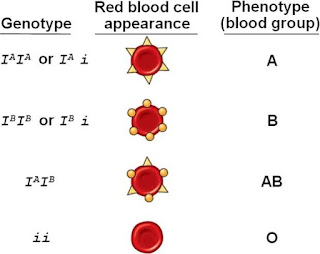LAW OF DOMINANCE
The dominant allele masks the effect of recessive allele.
It explains the expression of only one of the parental characters in a monohybrid cross in F1 and expression of both in F2.
- In a dissimilar pair of factors one member of pair dominate the other. For example: allele of tallness (T) is dominant over allele of dwarf (t).
LAW OF SEGREGATION
It states that every individual possess two alleles of a gene and these alleles segregate from each other during gamete formation (at the time of meiosis). Alleles do not blend and both the characters are recovered during gamete formation in F2 generation.
Homozygous individuals produce one type of gametes while heterozygous individuals produce two types of gametes each having one allele with equal proportion.
INCOMPLETE DOMINANCE
When the experiments were repeated on other traits on other plants, sometimes it was found that F1 progeny does not resemble either of the parent, it was a mixture of two.
For example: Snapdragon or Antirrhinum sp. or dog flower – inheritance of flower color.
Genotypic ratio was same as we would expect in Mendelian monohybrid cross but phenotypic ratio is changed.
CO-DOMINANCE
The two alleles are able to express themselves independently when present together.
For example: ABO blood grouping in humans is controlled by gene I. It has three alleles IA, IB and i.
IA, IB are dominant over i. If IA and I are present, only IA expresses. IA and IB are present both of them express each other.
ABO blood grouping is also a good example of multiple alleles.





No comments:
Post a Comment